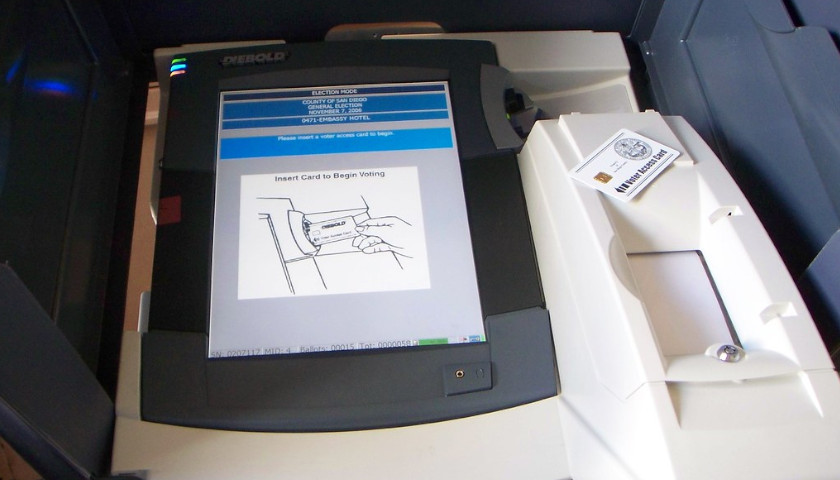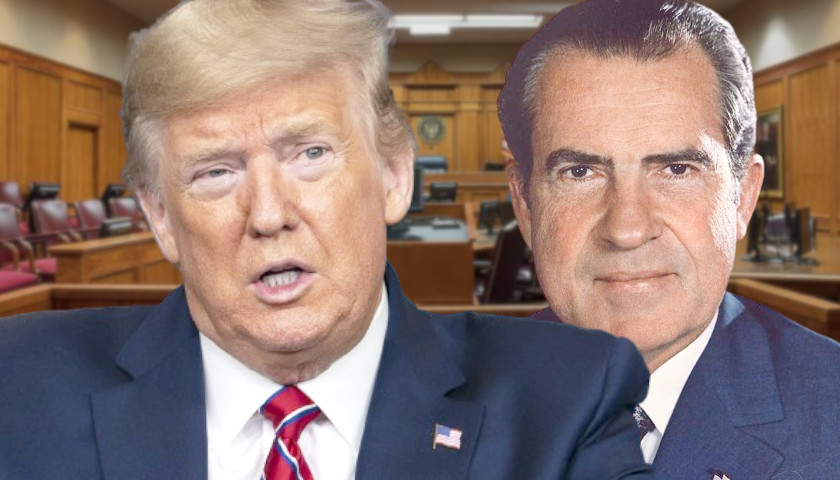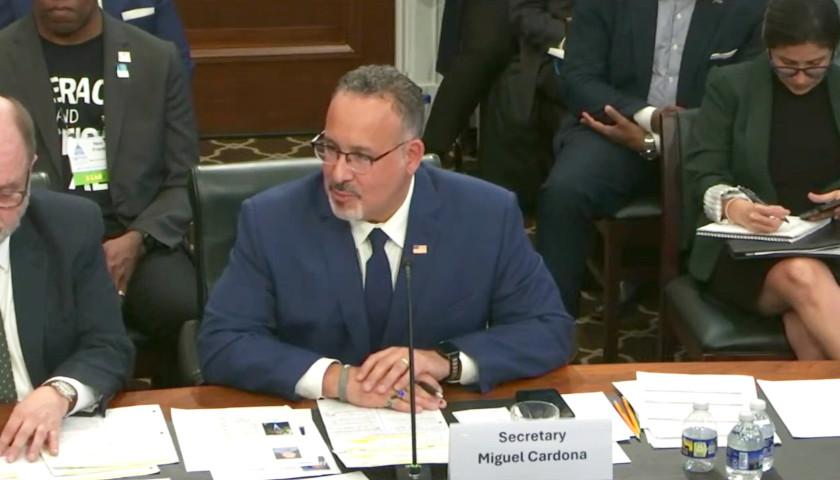by Kerry McDonald
In Massachusetts where I live, average private school tuition hovers around $23,000. For secular private schools, the cost is typically much higher, with Boston-area private school tuition often exceeding $40,000. This price tag is way too high for most families to afford, but emerging microschools are typically a fraction of the cost of other private education options.
For example, the Wilder School is a new Acton Academy-affiliated microschool that costs about $12,000 a year, while Life Rediscovered, a new homeschool resource center offering up to five days a week of full-day, drop-off learning, costs about $10,000. Even established local microschools, such as Bay State Learning Center that was founded in 2014 and that I wrote about in Unschooled, have similar tuition costs and frequently offer financial aid or sliding scale tuition.
These tuition costs are still too high for many families to afford, but they are more accessible than many other existing private options. Supporting the creation and growth of more microschool programs through deregulation and by removing entrepreneurial barriers would reduce costs even further.
Today’s education reformers who are interested in expanding education options typically focus on school choice policies that redistribute existing taxpayer funding of education to families to use toward approved education-related expenses, including tuition. These efforts succeed in weakening government control of education and providing more learning options to more families, as the recent introduction of universal school choice in Arizona demonstrates. They should be commended and replicated. But school choice policies aren’t the only ways to expand education options and access.
Encouraging the proliferation of private, low-cost microschools, hybrid schools, and learning pods is an important, and often overlooked, opportunity to offer more low- and middle-income families more education options without taxpayer money.
This is the key emphasis in James Tooley’s excellent book, The Beautiful Tree, where he describes a vast network of small, low-cost, unregulated private schools that he discovered in some of the poorest slums and most remote rural villages in India, China, and throughout the African continent.
In these places, where parents were astonishingly poor and government-run schools were often readily available and conveniently located, the parents instead chose these unregistered private schools for their children.
Tooley himself was surprised by this, given that his consulting work brought him first to the Indian city of Hyderabad to assess the status of elite private schools. Reflecting on his journey in a 2020 article republished by FEE, Tooley wrote:
The microschools, hybrid schools, and learning pods that are sprouting across the US represent a patchwork of low-cost, private education options similar to the schools discovered by Tooley. These microschool models are very often low-cost, unregistered, private education options that serve a local community eager to abandon government-run schooling. Scattered throughout urban, suburban, and rural areas, these pods and microschools are formed by parents or teachers, or both, who are showing that they can offer low-cost, private education options that parents want and where children thrive.
A main barrier to the continued proliferation of these learning models is the fear of encroaching government oversight and regulation. Tooley expressed the same concern about the low-cost private schools that he discovered around the world.
“Sometimes governments try to close these schools altogether,” he wrote. “More commonly they pass regulations that impose impossible conditions, such as the need for very large playgrounds in areas of urban overcrowding, or the insistence that all teachers must achieve the same level of certification and pay as their government counterparts, even though this would make it impossible for the schools to charge low fees.”
Preventing government involvement in the free-market of education choices is crucial to the creation, expansion, and accessibility of these emerging learning models.
Some states are trying to enact policies to protect learning pods and microschools. West Virginia, for example, recently passed legislation recognizing learning pods and microschools and loosening state compulsory school attendance laws for the students attending such programs.
In addition to preventing regulation of these emerging, innovative private learning models, state and local policymakers can reduce the many barriers to entry and operation that education entrepreneurs encounter. For example, local zoning restrictions often limit where and how microschools, hybrid schools, and learning pods can operate, often pushing these programs into undesirable locations on busy streets or without access to outdoor space for children’s play.
Deregulation, along with removing common barriers to education entrepreneurship, can help to unleash education innovation and encourage a vibrant, affordable marketplace of learning possibilities.
– – –
Kerry McDonald is a Senior Education Fellow at FEE and host of the weekly LiberatED podcast. She is also the author of Unschooled: Raising Curious, Well-Educated Children Outside the Conventional Classroom (Chicago Review Press, 2019), an adjunct scholar at the Cato Institute, and a regular Forbes contributor. Kerry has a B.A. in economics from Bowdoin College and an M.Ed. in education policy from Harvard University. She lives in Cambridge, Massachusetts with her husband and four children.








